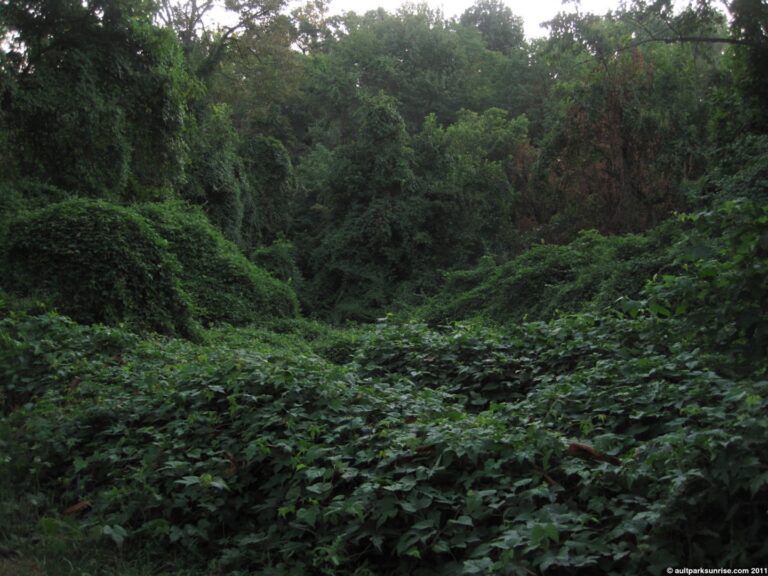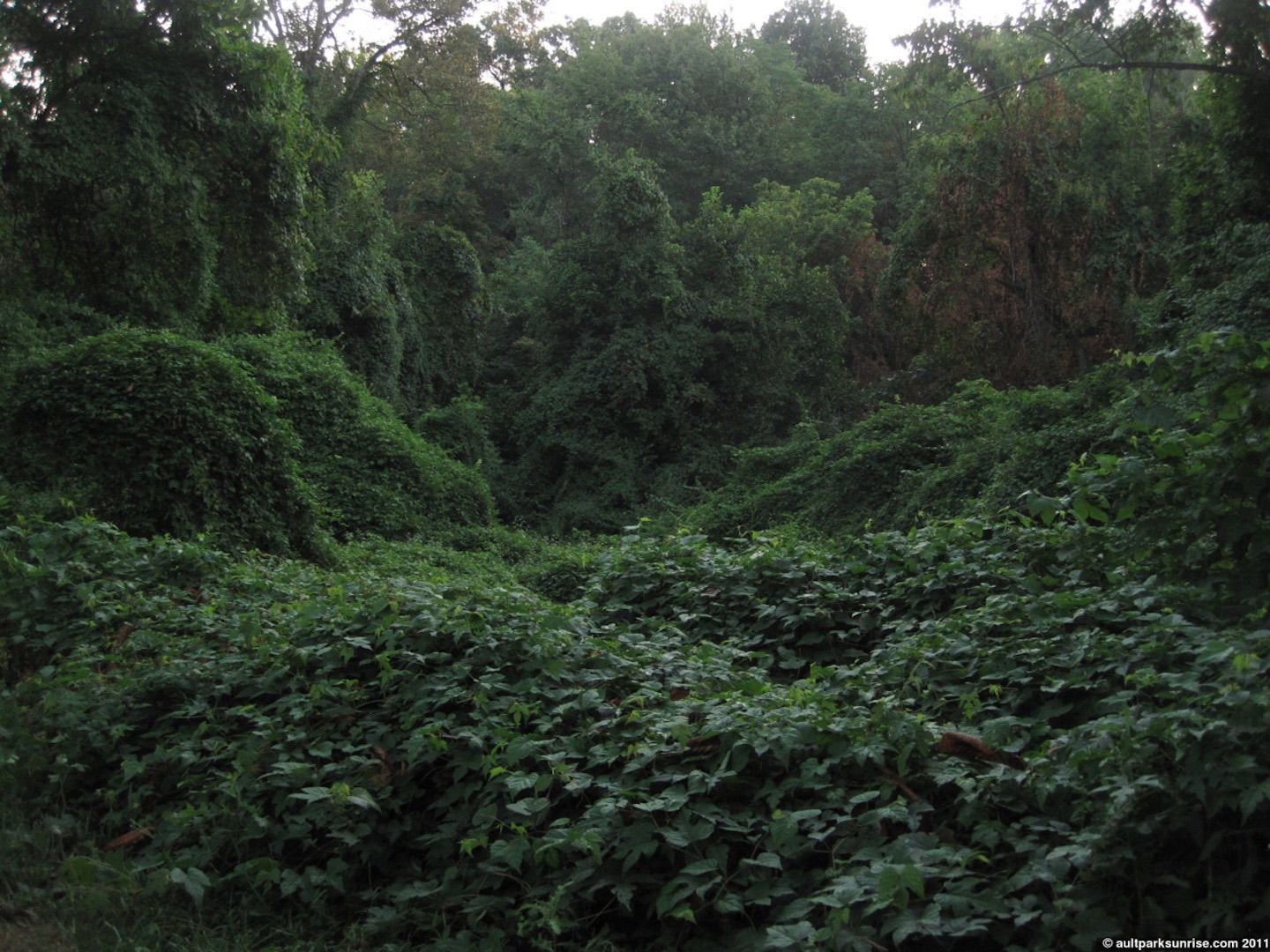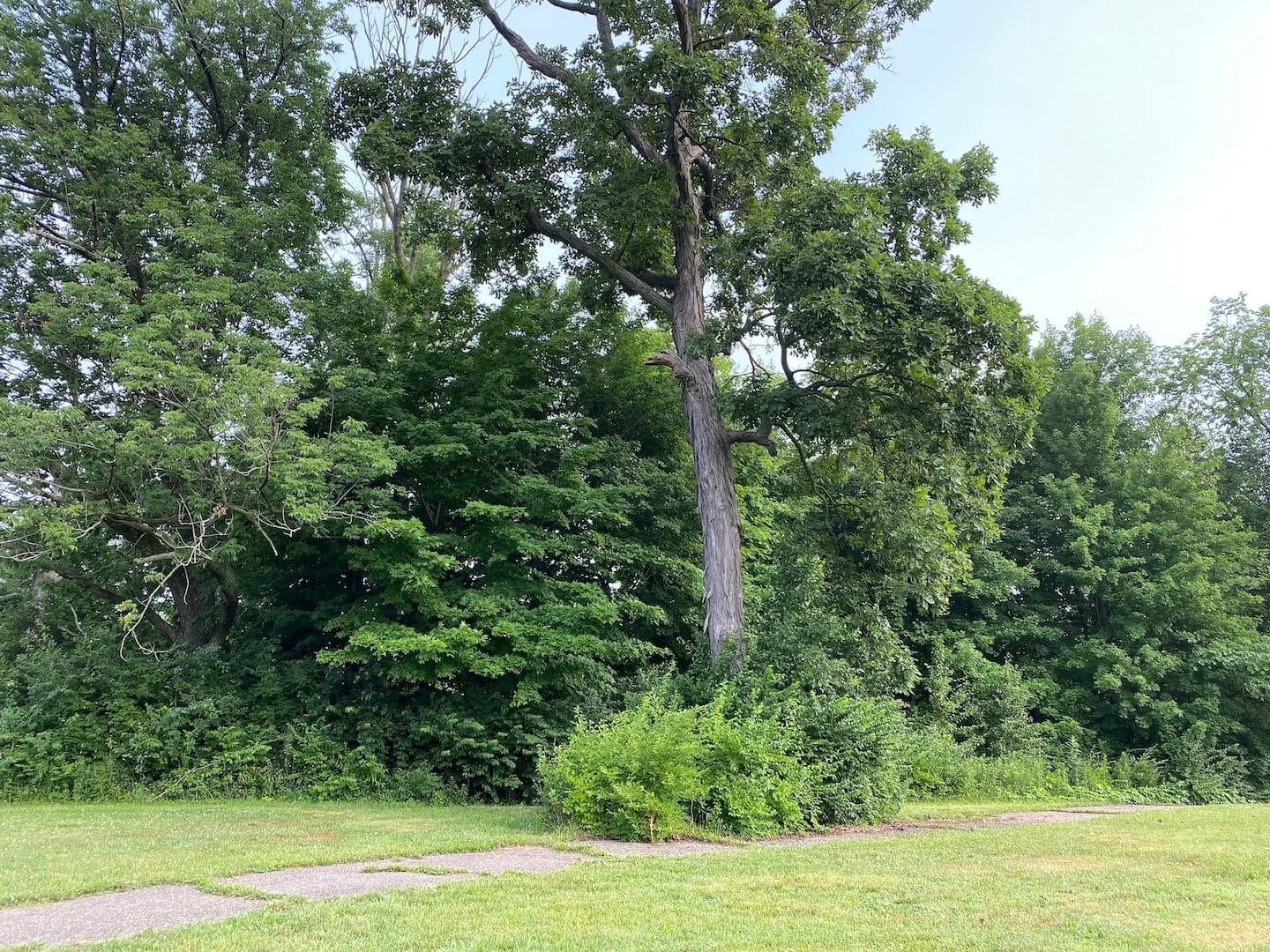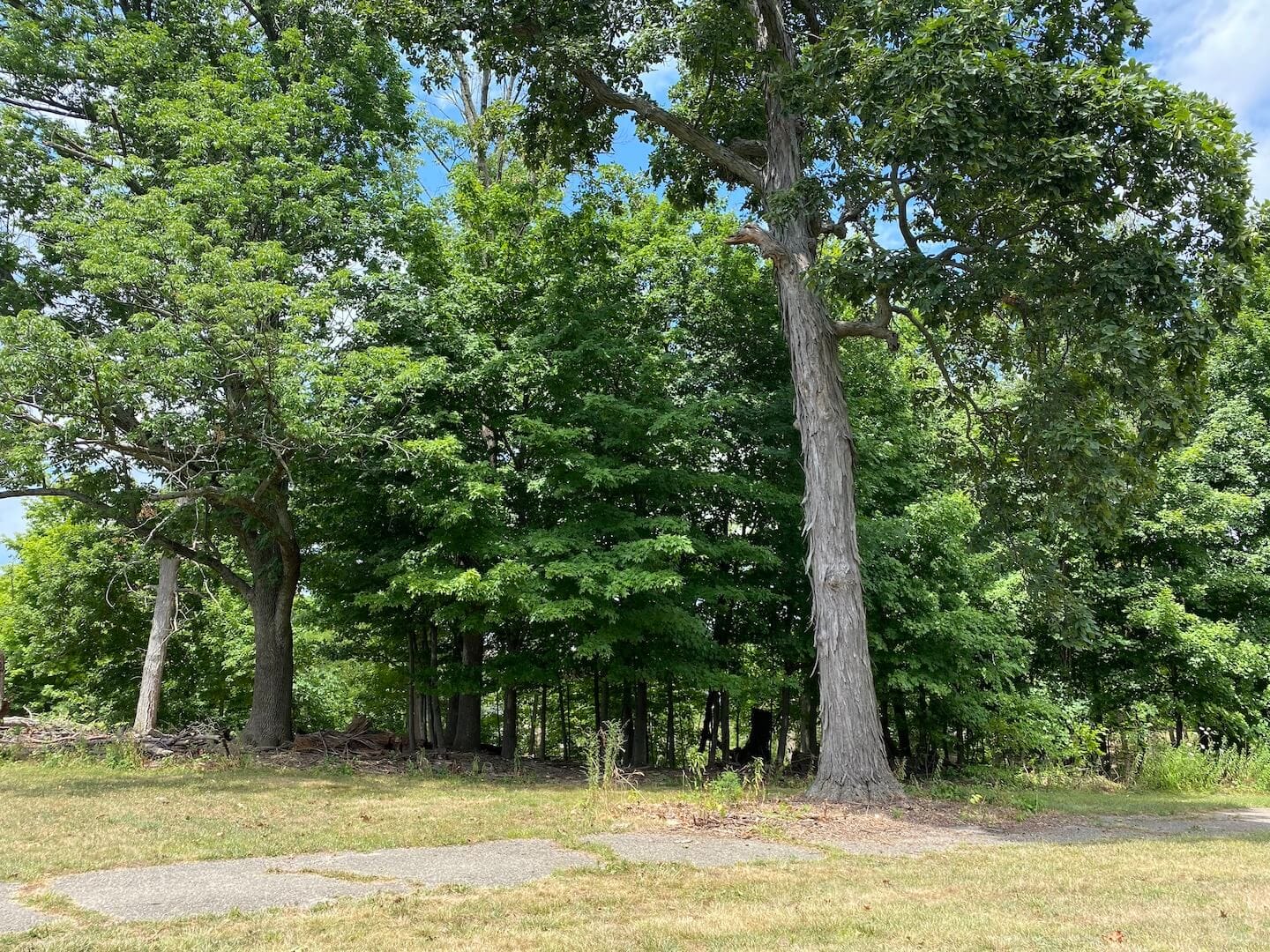
Invasive Species at Alms Park in Cincinnati, OH.
The Problem
Increased globalization and intercontinental commerce has caused the introduction of non-native invasive species into many parts of the world, including the Ohio River watershed. Non-native insects, aquatic animals, birds, mammals and plants all adversely affect the region’s environment. In the case of the Ohio River watershed, there are too many to count, but several are particularly concerning.
Zebra Mussels
The most notable aquatic invasive species is the zebra mussel. Transported from Europe in the ballast of ships, it found its way into the Great Lakes and then down into the Ohio River basin. It has disrupted food webs and contributed to the extinction of native mussels. It still remains a menace, but its impact – for now – seems to have plateaued.
Asian Carp
First introduced in the 1990s to control algae growth in Louisiana fish farms, Asian carp escaped via floods to invade waterways throughout much of the Mississippi River watershed. (The Ohio River is a tributary of the Mississippi River.) It’s not yet clear how far into the Ohio River watershed they will migrate (they are primarily now only in the lower main channel and western tributaries near the Mississippi). However, because they are plankton feeders – eating organisms at the base of the food chain – their potential impact on the ecosystem is of great concern.
Invasive Trees and Plants
Invasive trees and plants show greater promise for control efforts. Aggressive efforts by federal, state and local agencies and groups such as the Ohio River Valley Cooperative Invasive Species Management Area (which ORF oversees) are trying to reduce populations of plant species such as bush honeysuckle, callery pear, lesser celandine, autumn olive and dozens more. ORF is also working with local communities to control and remove species from public lands.



